Table of Contents
Introduction
The world of decentralized finance (DeFi) is evolving quickly, and one project making serious waves is Bluefin. Built on the Sui blockchain, Bluefin is positioning itself as a next-gen decentralized exchange (DEX) that offers high-performance trading with innovative features like leverage, spot trading, and soon, derivatives.
In this deep dive, we’ll break down what Bluefin is, who’s behind it, how its tokenomics are structured, and what it aims to achieve in the DeFi space.
What Is Bluefin?
Bluefin is a decentralized exchange (DEX) built on the Sui blockchain. It aims to bridge the gap between centralized exchanges (CEXs) and DeFi by delivering a seamless trading experience that includes:
- Spot trading: Bluefin allows users to trade cryptocurrencies at current market prices for quick, straightforward asset swaps, forming the foundational trading experience of the platform.
- Leverage and perpetual contracts: These advanced trading tools allow users to amplify their positions and engage in futures-like contracts without expiry, enabling more strategic trading and potentially higher returns within a decentralized environment.
- Upcoming Bluefin Pro platform: Aimed at advanced traders, Bluefin Pro will offer leverage trading, decentralized perpetual contracts, and advanced features like real-time analytics and deep liquidity—all within a dual system of regulated and permissionless trading options.
By offering both regulated and permissionless versions of its derivatives platform, Bluefin caters to both institutional traders and everyday crypto users.
Why Sui Blockchain?
Sui is known for its ultra-fast speeds, low latency, and high throughput, which makes it particularly well-suited for decentralized exchanges that require real-time data processing and minimal transaction lag. As a layer-1 blockchain optimized for scalability and developer flexibility, Sui offers technical features such as parallel transaction execution and a unique object-centric model that allows for efficient state management. Bluefin chose Sui as its foundation because these attributes align perfectly with its vision of delivering a seamless, secure, and intuitive DeFi trading experience. The combination enables Bluefin to offer lightning-fast transactions and smooth trading operations without sacrificing decentralization or user control.
Some key advantages of Sui:
- Low transaction fees: Sui’s efficient architecture minimizes the cost of transactions, making it ideal for high-frequency trading and accessible to users of all portfolio sizes.
- High scalability: With its parallel execution engine and object-based data model, Sui can handle a large volume of simultaneous transactions without sacrificing speed or reliability.
- Great for real-time trading: The low-latency consensus mechanism supports rapid transaction confirmation, enabling smooth trading experiences that rival centralized exchanges.
The Bluefin Ecosystem
Bluefin is building out a full suite of tools to support advanced trading:
- Bluefin X: This is an upgraded version of the existing DEX platform, designed to improve performance, enhance the user interface, and streamline the trading experience.
- Bluefin Pro: Focused on offering derivatives and leverage trading, Bluefin Pro aims to provide professional-level trading tools and deeper liquidity for more sophisticated strategies.
- Aggregator platform: Set to launch in the near future, this platform will aggregate liquidity across various pools and exchanges, helping users find the best prices and execution for their trades.
All of this is meant to create a decentralized financial network that’s powerful yet easy to use. With growing interest in decentralized perpetual exchanges, Bluefin is clearly tapping into a rising DeFi trend.
Bluefin Team & Backers
One of Bluefin’s biggest strengths is its team. The founding members come from top-tier institutions like:
- Meta (Facebook) — Co-founder Ahmed previously worked on infrastructure at Meta, bringing experience in building scalable platforms.
- Goldman Sachs — Another core team member has a background in traditional finance with a tenure at Goldman Sachs, providing insight into financial market structure and risk.
- Amazon — Members of the engineering team include former Amazon developers with expertise in high-availability systems and backend engineering.
- University of California, Berkeley — Co-founder Ahmed earned his computer science degree here, which laid the foundation for his role as CTO at Bluefin, where he leads the technical vision and infrastructure development.
Additionally, Bluefin has received backing from prominent VCs like Polychain Capital and Breyer Capital, providing essential runway and credibility.
BLUE Tokenomics Breakdown
The Bluefin ecosystem runs on the BLUE token with a total supply of 1 billion tokens. Here’s how it breaks down:
- Initial circulating supply: ~150 million
- Circulating supply as of now: ~29%
- Vesting schedule: Over 5 years
- Investor and team lock-up: 1-year lock, 3-year vesting
Allocation:
- 52% – Ecosystem incentives (rewards, liquidity, growth)
- 15% – Treasury/Foundation
- 12% – Post-launch incentives
- 10% – Protocol development
- 11% – Strategic participants (VCs)
- Remaining % – Core contributors
The slow release schedule is a positive, helping to prevent large dumps and maintain long-term stability.
Utility of the BLUE Token
Currently, the utility of BLUE is still growing but already offers several use cases, some of which have seen early adoption and traction. For example, users participating in trading competitions have earned BLUE-based rewards, and staking programs have attracted a steady flow of token holders seeking APY yields. Additionally, early traders have been able to reduce their fees using BLUE, which incentivizes higher trading volume and keeps liquidity active on the platform. These practical applications, while still developing, are beginning to show how the token is intended to function within the Bluefin ecosystem. that align with Bluefin’s mission to create a high-performance decentralized trading platform. These include:
- Trading fee discounts: Users can reduce their trading costs when paying fees using the BLUE token, making active trading more efficient.
- Staking and APY rewards: Token holders can stake their BLUE tokens directly on the platform to earn yields, providing passive income opportunities while supporting network stability.
- Trading rewards: Active users earn reward points based on trading volume, which may be redeemable for incentives or future airdrops.
Note: There is no active DAO at this time, and governance features are planned but not yet implemented, which may raise concerns for users who prioritize decentralized decision-making in DeFi protocols.
Roadmap & What’s Coming
Bluefin’s official roadmap is outdated, which may raise concerns about transparency and long-term strategic clarity for users and investors. While the team does provide hints and updates via social media, relying solely on informal posts can make it harder for new users to track development milestones and assess progress. That said, recent updates suggest exciting developments are on the horizon:
- Week 1 (April): Launch of Bluefin X
- Week 2 (April): Launch of Bluefin Pro
- Week 3 (April): Mysterious “surprise” launch
These could dramatically increase the utility and demand for the BLUE token.
Centralization & DAO
While Bluefin uses off-chain order books (for better speed and matching), this adds an element of centralization. Trusting off-chain providers means users must have faith in Bluefin’s integrity.
Additionally, the current lack of an active DAO or transparent governance process is a concern. A decentralized protocol should prioritize decentralization in its core structure, not just its branding.
Social Presence & Community
Bluefin has built a strong community for such a young project:
- 112,000+ X (Twitter) followers
- Active Discord & Telegram
- Helpful mod team and informative updates
Still, engagement could be higher. More creative content and updates could help bring more attention to the project.
Exchange Listings
Currently, BLUE is listed on:
- KuCoin
- Gate.io
- HTX
- BitMart
- MEXC
No Binance or Coinbase yet, meaning huge potential for growth through future listings.
Evaluating Strengths and Challenges
Pros:
✅ Strong team with tech and finance backgrounds
✅ Fast-growing Sui ecosystem
✅ Perpetuals and leverage trading on a DEX
✅ Slow token vesting = controlled dilution
✅ Undervalued compared to competitors like Hyperliquid
Cons:
❌ No active DAO or governance
❌ Still in early development
❌ Token utility currently limited
For those closely following the evolution of DeFi trading and the Sui ecosystem, Bluefin stands out as a noteworthy project with emerging potential in the decentralized exchange space. But it’s still young, and like any startup, it carries risks.
Final Thoughts
Bluefin is an ambitious project tackling one of the most promising trends in crypto: decentralized derivatives trading. This niche within the broader DeFi space has seen increasing traction, with platforms like dYdX and Hyperliquid leading the way. As demand grows for decentralized alternatives to traditional exchanges, Bluefin is positioning itself to compete by leveraging the speed and scalability of the Sui blockchain.
With major product releases on the horizon and a strong team backing it, Bluefin is a project worth watching closely in 2025.
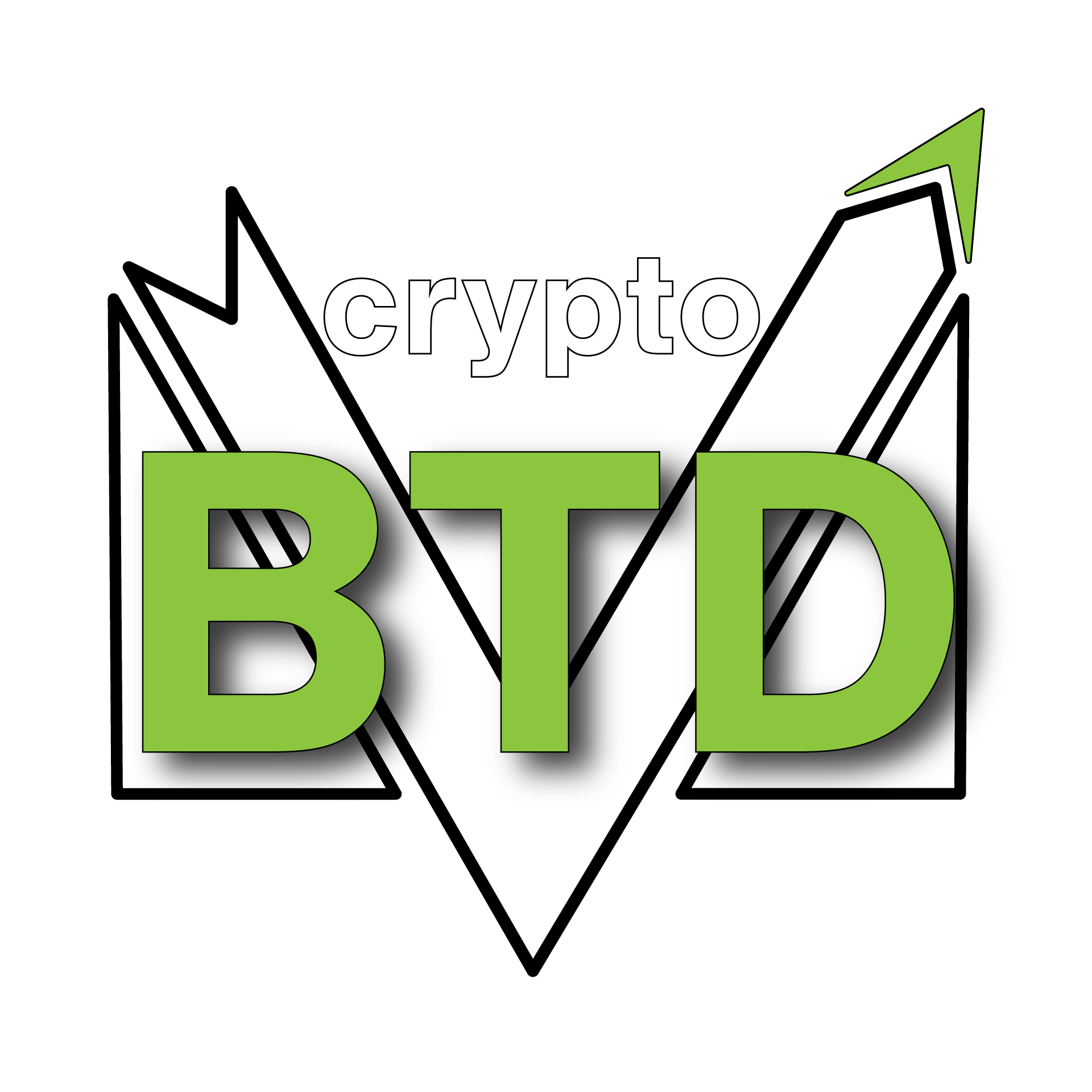
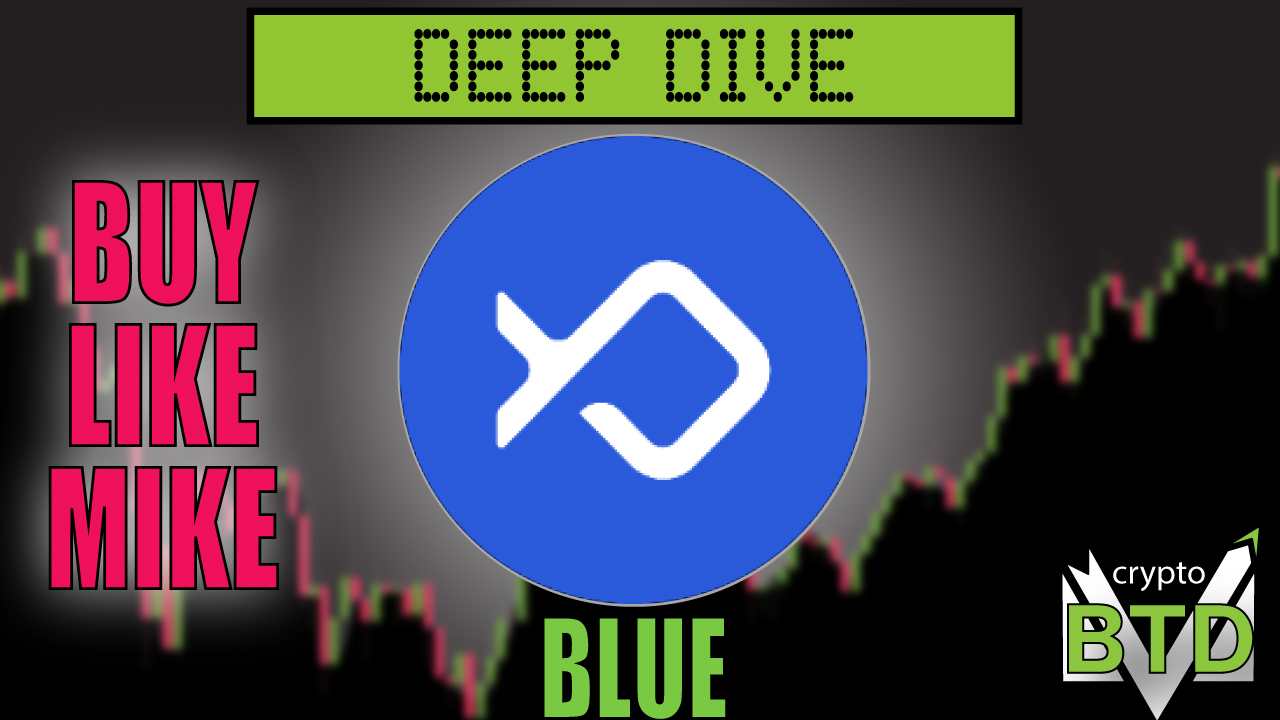
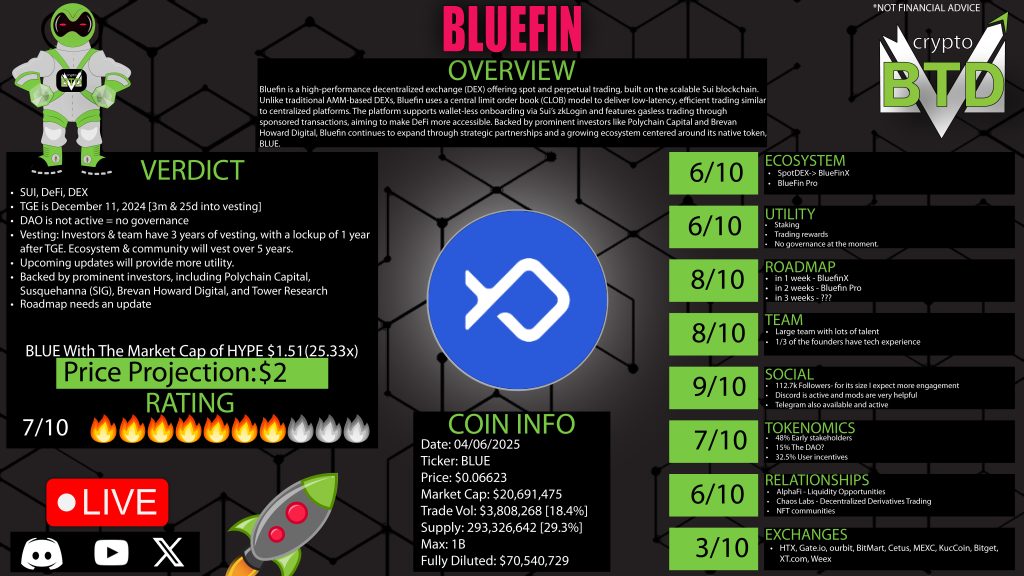
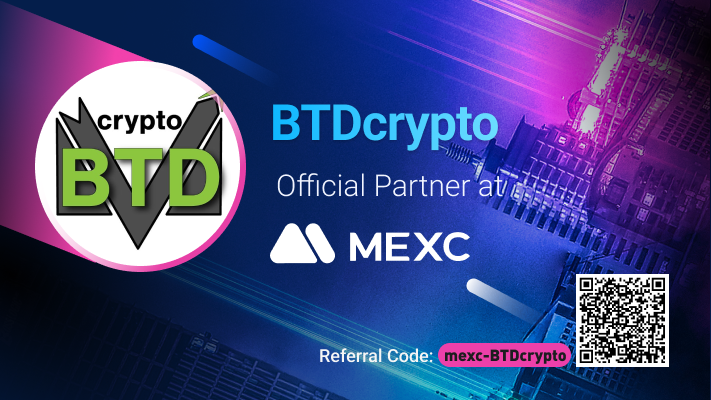

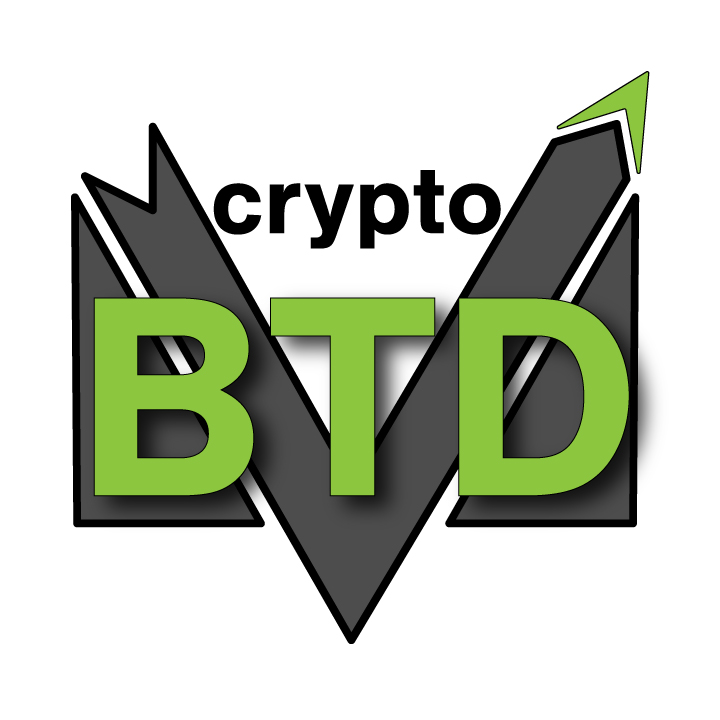
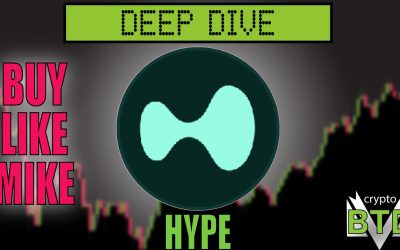
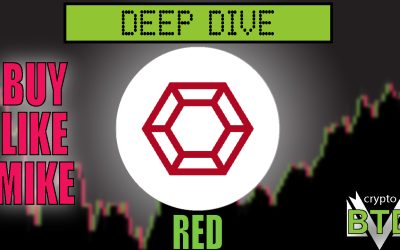
0 Comments